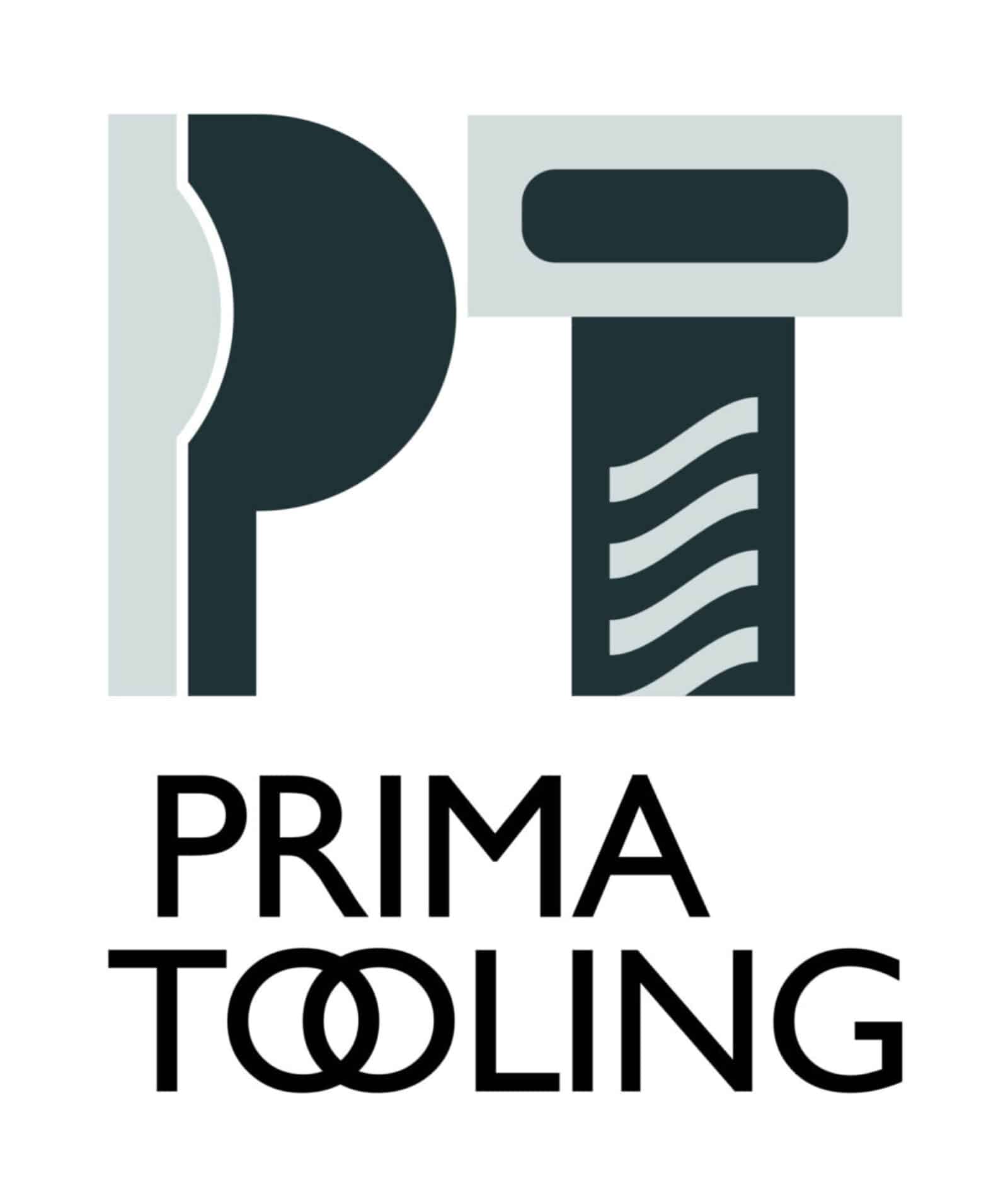Edgebander cutters are a fantastic tool for those involved in woodworking and furniture making. They are essential in applying a neat and protective edge to plywood, MDF, and other panel products, giving them a polished look and increased durability. Their role in precision cutting is valued, as they help achieve a perfect finish that’s hard to replicate otherwise. But even these mighty tools can sometimes experience hiccups along the way. Like all industrial tools, edgebander cutters are not immune to wear and tear or operational issues, which can be frustrating for both amateurs and professionals alike.
When things go wrong, it can feel like your project’s momentum grinds to a halt. Have you ever been in the middle of a task only to find that materials start chipping away or cuts aren’t as clean as expected? These are some common problems that can occur, but don’t worry, solutions are available. Recognising potential issues early on and knowing how to address them can keep your project from derailing and ensure a smooth working process. Let’s explore some of these common problems and how you can confidently tackle them.
Identifying Dull Blades
One of the first hurdles many encounter is dull blades. Sharp blades are crucial for making precise and clean cuts. How can you tell if your edgebander cutter blades are dull? Well, look out for these noticeable signs:
– Cuts that are rough instead of smooth.
– Difficulty in making smooth passes along the edge.
– Increased noise or resistance when cutting.
Dull blades don’t just slow you down, they also compromise the finish of your projects. Imagine trying to prepare a sleek finish for a piece of cabinetry only to find it marred by scratches or uneven cuts. Such setbacks can waste both time and materials, affecting the quality of your output.
To keep those blades sharp, regular maintenance is key. Start by cleaning them after every use; debris and adhesive residue can quickly wear blades down. If you notice performance dropping, it’s time to sharpen or replace them. Investing in a proper sharpening kit or service ensures you maintain that clean edge every time.
Tending to blade sharpness might seem simple, but it plays a huge role in maintaining the overall quality of your work. By keeping your equipment in top shape, you’re not just solving immediate problems, you’re also making sure your projects consistently meet the high standard you set for them.
Addressing Chipping and Splintering
Another common issue with edgebander cutters is the occurrence of chipping and splintering. This can spoil both the look and integrity of your finished product. Various factors contribute to these problems, including the type of material you’re working with and the condition of the cutter itself. For instance, trying to edge very delicate or low-quality materials can inevitably lead to splintering. Similarly, worn or improperly maintained cutters may also exacerbate these problems.
To minimise chipping and splintering, consider these strategies:
– Ensure your blades are sharp and well-maintained.
– Use appropriate feed speed; too fast or too slow can cause poor results.
– Choose the right cutter settings for each specific material type.
Implementing regular maintenance checks helps keep your edgebander in top form and significantly reduces the risk of splintering. Also, practice using a test piece of material before moving to your main project. This way, you can fine-tune your approach and ensure the best results.
Troubleshooting Alignment Issues
Misalignment is another obstacle that can affect the effectiveness of your edgebander cutter. A machine that isn’t correctly aligned will lead to uneven edges, leading to increased waste and frustration. Signs that your alignment might be off include cuts that aren’t uniform and edges that appear wavy or inconsistent.
Here’s how you can correct misalignment:
- Inspect and adjust guide rails to make sure they are straight.
- Check the positioning of the cutter head to ensure it’s centrally placed.
- Use a straightedge tool to verify that parts of the machine are aligned properly.
Once properly aligned, your edgebander cutter will perform better and create more consistent finishes. It’s worth investing time to make sure everything lines up correctly, as this small step can save a lot of hassle down the line.
Dealing with Adhesive Problems
Adhesive problems can present themselves in various forms, such as adhesives not sticking properly or residues remaining on the finished product. These problems may lead to poor bonding or unattractive finishes.
To tackle these adhesive challenges:
– Clean and dry the surfaces before applying adhesive to ensure better bonding.
– Use the recommended temperature settings for your adhesive type; different adhesives require different settings to activate their bonding properties.
– Regularly remove any adhesive buildup from the cutting tools to prevent residues.
Each of these steps helps ensure that the adhesive does its job effectively, holding the edge firmly in place without leaving behind unwanted residue. By following these practical measures, you’ll achieve cleaner, more professional results.
Final Thoughts
Addressing common problems with edgebander cutters involves a blend of prevention and response. By keeping your tools sharp, machinery aligned, and adhesives in proper condition, you not only avoid frustrations but also enhance the quality of your work.
Regular maintenance and attention to detail can extend the life of your equipment and lead to more successful outcomes in your projects. Whether you’re a hobbyist or a seasoned professional, understanding these common issues and their solutions means smooth and efficient edgebanding every time. Choose wisely, maintain diligently, and enjoy the satisfaction of flawless finishes with every project.
To keep your woodworking projects on track and ensure a polished finish every time, address any issues your edgebander cutters might face with regular maintenance and the right techniques. For those looking to enhance their tool kit or replace parts, explore Prima Tooling’s range of edgebander cutters for high-quality solutions that meet your needs. With the right tools and tips, achieve seamless results effortlessly.
